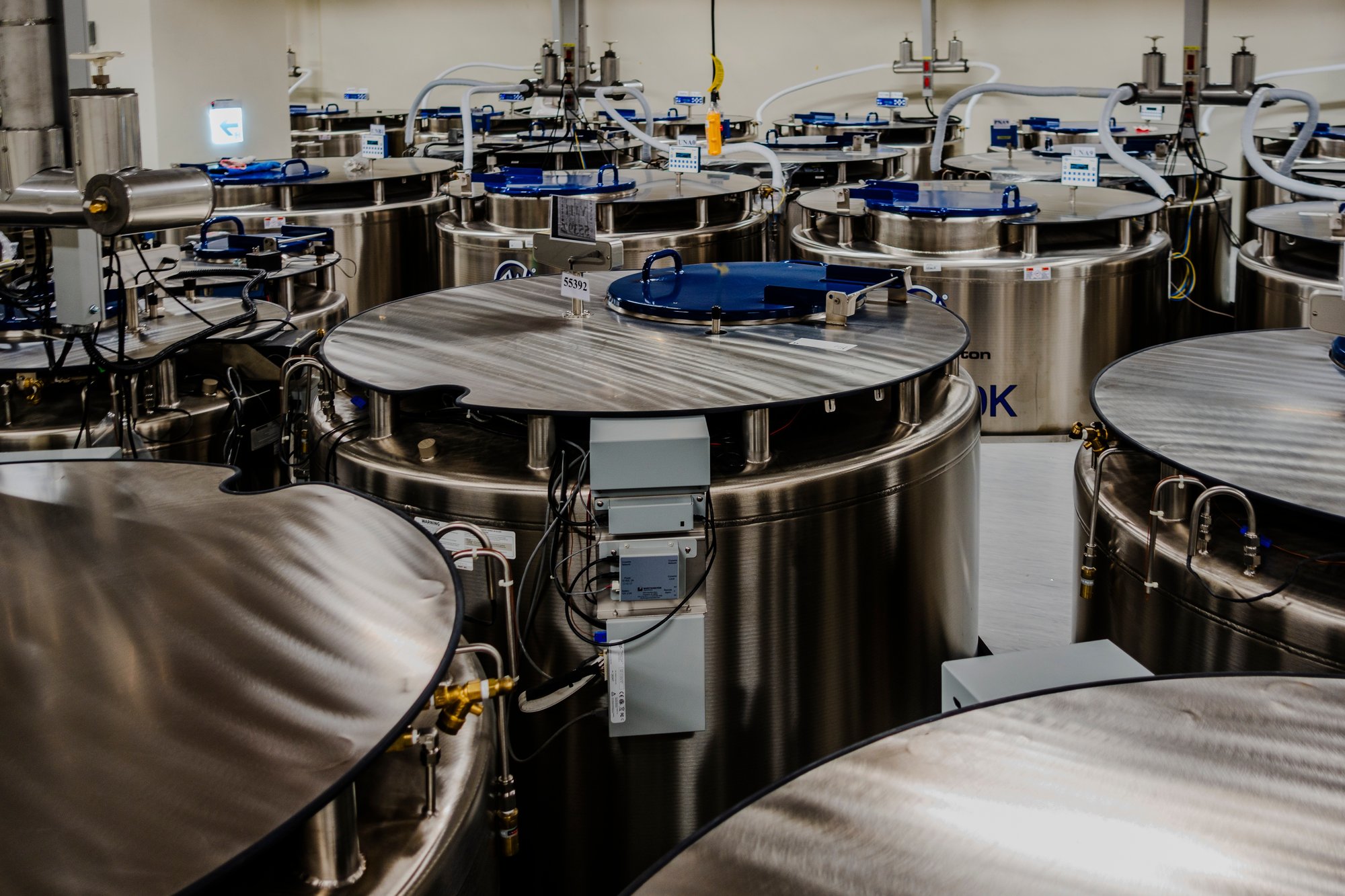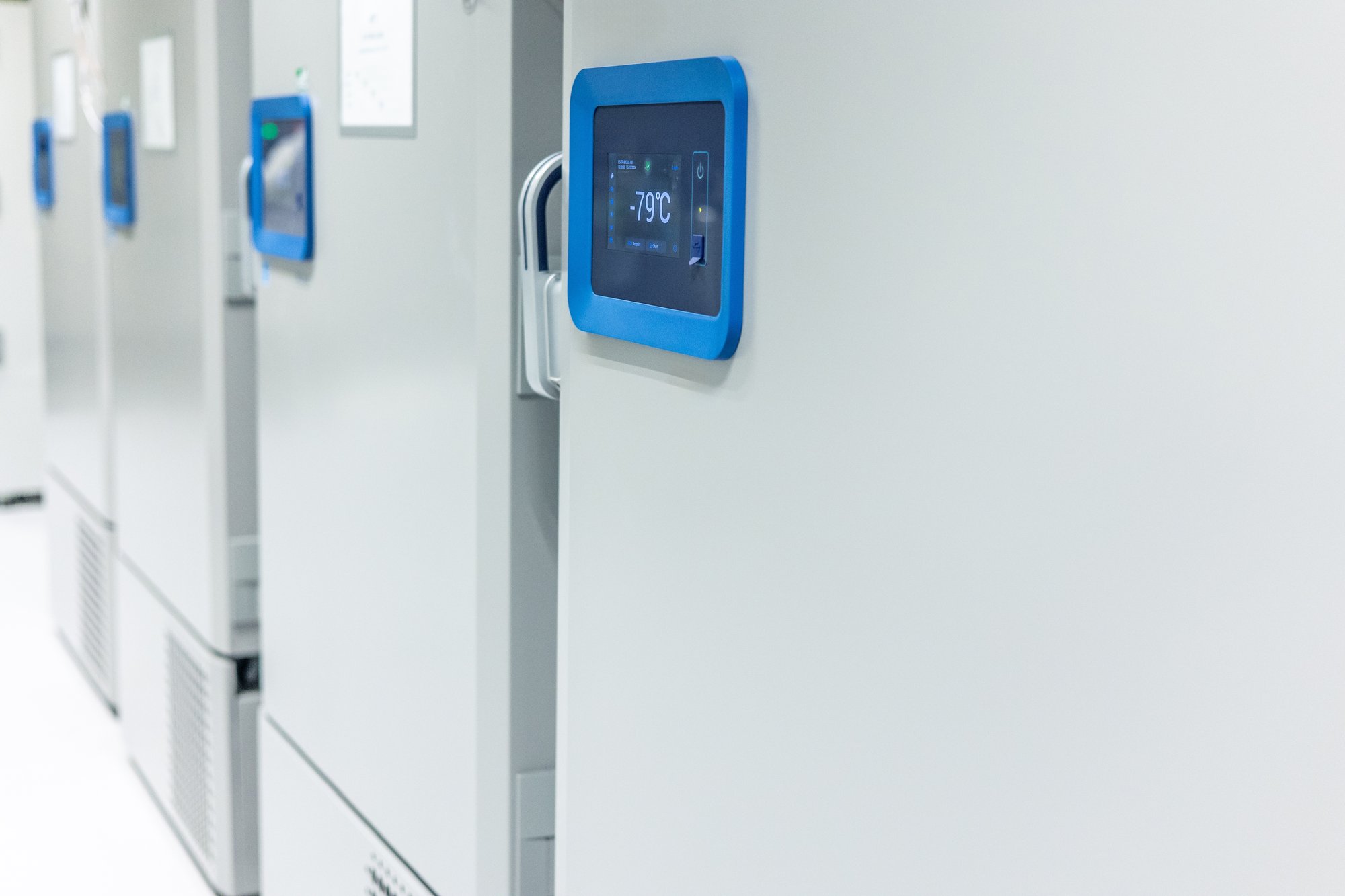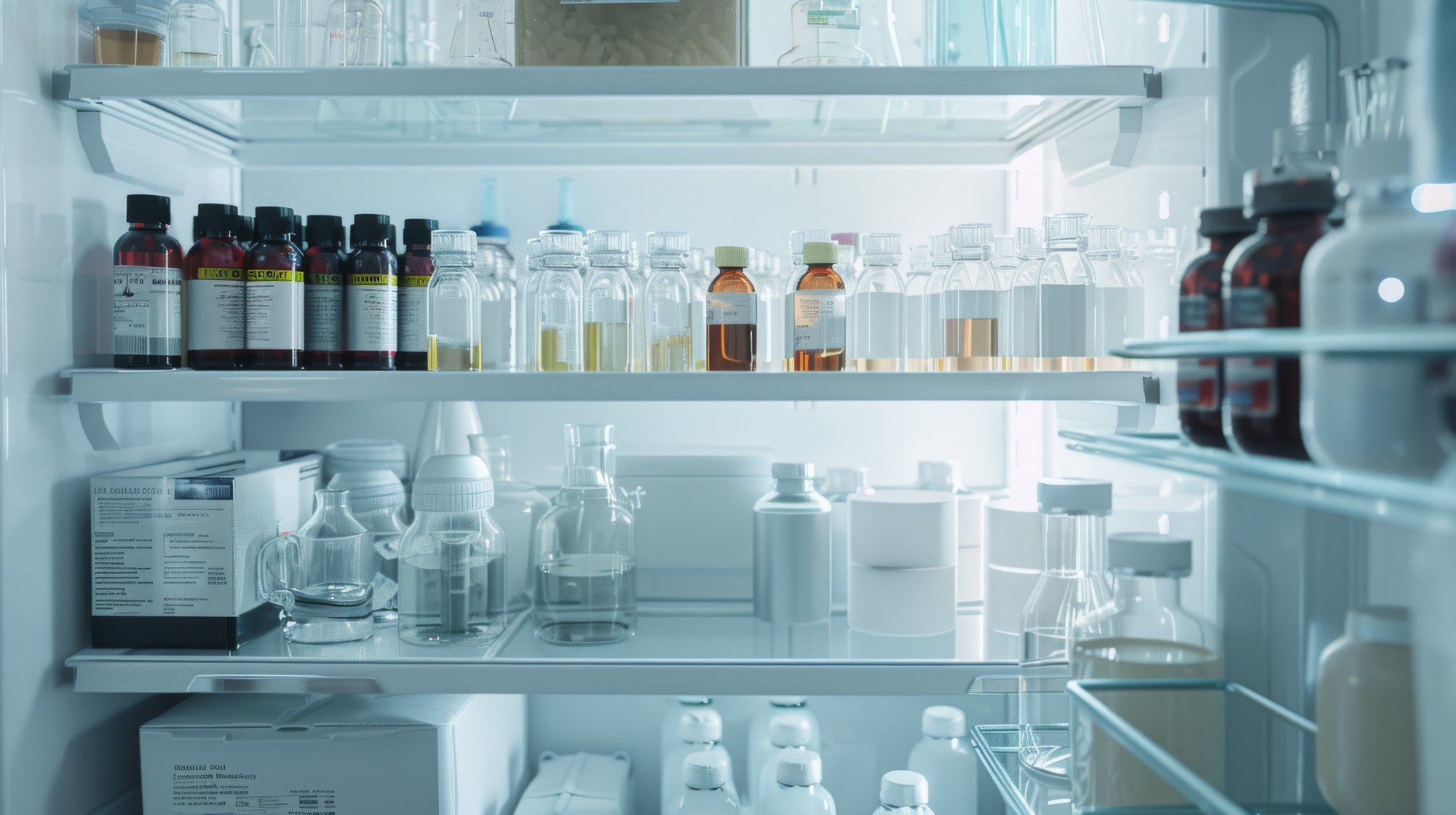Sample storage for your lab's critical specimens

Cryogenic sample storage overview
Trepte Biostorage's advanced cryogenic storage units are optimized for preserving various biological materials including stem cells, clinical trial specimens, and engineered tissues, while offering critical preservation benefits such as minimized molecular motion and maintained cellular viability.
Commitment to quality and compliance
Trepte Biostorage is committed to maintaining the highest quality standards and adhering to the most current GMP and GLP practices.


.png?width=323&height=75&name=image%20(4).png)

Frequently Asked Questions About Cryogenic Storage
How long can biological samples remain viable in cryogenic storage?
When properly preserved at cryogenic temperatures below -132°C, biological samples can remain viable indefinitely. Studies have shown successful recovery of stem cells and other living cells after 20+ years of storage, with no significant loss of viability when proper protocols are followed.
What happens if there's a power outage to my cryogenic freezer?
Cryogenic freezers are designed with multiple backup systems. The primary mechanical system is supported by an automated LN2 backup that activates automatically if temperatures rise above -130°C. Even with complete power loss, properly maintained units can maintain critical temperatures for up to 72 hours, giving ample time for emergency response. In addition, Trepte Biostorage uses multiple LN2 distributors to ensure business continuity in the face of the unexpected.
What are the benefits of offsite LN2 sample storage?
Offsite cryogenic storage, provides critical risk mitigation through geographic separation of valuable biological materials, protecting against catastrophic events like natural disasters, fires, or facility failures that could compromise primary storage locations. Additionally, it offers significant operational advantages including purpose-built facilities with redundant systems, professional inventory management, 24/7 monitoring, regulatory compliance, and reduced capital investment - all while freeing up internal laboratory resources and providing scalable storage solutions without the need for infrastructure investment.
Ultra-low temperature (ULT) sample storage overview
Trepte Biostorage's ULT freezers use proven cascade refrigeration technology to maintain stable temperatures while offering the most economical and environmentally friendly solution for routine biological storage needs.

Customize your sample preservation strategy
Collaborate with us to design the perfect solution for your short- or long-term biological and life science sample storage needs.
Frequently Asked Questions About ULT Storage
How long can biological samples remain viable in cryogenic storage?
When properly preserved at cryogenic temperatures below -132°C, biological samples can remain viable indefinitely. Studies have shown successful recovery of stem cells and other living cells after 20+ years of storage, with no significant loss of viability when proper protocols are followed.
What happens if there's a power outage to my cryogenic freezer?
Cryogenic freezers are designed with multiple backup systems. The primary mechanical system is supported by an automated LN2 backup that activates automatically if temperatures rise above -130°C. Even with complete power loss, properly maintained units can maintain critical temperatures for up to 72 hours, giving ample time for emergency response. In addition, Trepte Biostorage uses multiple LN2 distributors to ensure business continuity in the face of the unexpected.
What are the benefits of offsite LN2 sample storage?
Offsite cryogenic storage, provides critical risk mitigation through geographic separation of valuable biological materials, protecting against catastrophic events like natural disasters, fires, or facility failures that could compromise primary storage locations. Additionally, it offers significant operational advantages including purpose-built facilities with redundant systems, professional inventory management, 24/7 monitoring, regulatory compliance, and reduced capital investment - all while freeing up internal laboratory resources and providing scalable storage solutions without the need for infrastructure investment.

Frozen temperature sample storage overview
Trepte Biostorage offers frozen storage for routine samples, reagents, and materials. Our freezer system is ideal for standard laboratory applications requiring temperatures between 0°C and -20°C.
Refrigerated sample storage overview
Trepte Biostorage's Refrigerated Storage is designed specifically for life science and clinical applications. With our professional-grade refrigerated systems, you can maintain pristine environmental conditions for your temperature-sensitive materials.


Controlled-room temperature (CRT) sample storage overview
Professional room temperature storage systems provide reliable, monitored preservation for ambient-stable inventory at 20°C to 25°C (68°F to 77°F).
Recent Projects

HubSpot Integration
Quisque velit nisi, pretium ut lacinia in, elementum id enim. Curabitur arcu erat, accumsan id imperdiet et, porttitor at sem.

Custom Module Development
Quisque velit nisi, pretium ut lacinia in, elementum id enim. Curabitur arcu erat, accumsan id imperdiet et, porttitor at sem.

SEO & PPC
Quisque velit nisi, pretium ut lacinia in, elementum id enim. Curabitur arcu erat, accumsan id imperdiet et, porttitor at sem.
